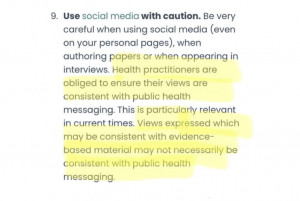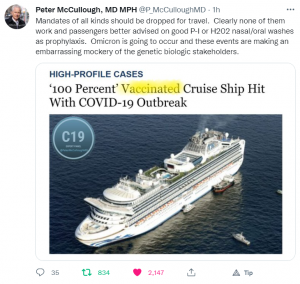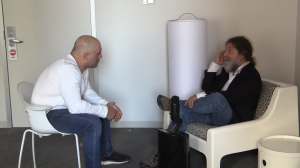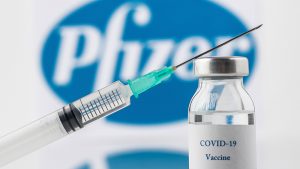
(Tom: If your plans are not already well underway for this event then IMHO you are behind the 8 ball. Seriously behind it!)
Dr. Pippa Malmgrem, a top American economist who served as a special adviser to former President George W. Bush, made a statement that confirms everything myself and others have been reporting for quite some time – that a cashless society is looming right around the corner.
“We are on the brink of a dramatic change where we are about to, and I’ll say this boldly, we are about to abandon the traditional system of money and accounting and introduce a new one. And the new one; the new accounting is what we call blockchain… It means digital, it means having an almost perfect record of every single transaction that happens in the economy, which will give us far greater clarity over what’s going on.”
This new money system Malmgren talks about with such enthusiasm will not only be digital, it will be centralized and it will be programmable. Do not confuse it with Bitcoin or other crypto currencies. The only thing it will share in common with other crypto is that it will be based on blockchain technology.
So what do I mean by “programmable” money?
This means the central banks will have complete control over your money and will be able to program it so that it can only be spent on certain things or in certain places. For example, have you purchased too many guns or too much ammunition over the past month? Maybe you indulged in too much frivolous travel and blew through too much gasoline? The government could easily have your money reprogrammed to limit future purchases of such taboo items. The possibilities are endless.
What’s the bottom line? Once we get digital programmable money, where and how you will be “allowed” to spend your money will depend on your social credit score.
This money will be linked to everyone’s personal digital identity. The digital ID marks the other pillar of the new digital economy that they haven’t really told you about yet. But if you read their documents at the World Economic Forum, you know it’s coming.
As I’ve stated before, the entire Great Reset hinges on two things – the establishment of a global digital currency and a global digital identity for every man, woman and child.
Pippa Malmgren is warning us. That system is at the door. And once it’s here, it marks the beginning of the end because nobody will be allowed to buy or sell without becoming a digitized, hybrid human being. I believe it will be possible for us to live outside this system for a while, but we need a plan, a network. We will need to live in community with like-minded refusniks.
The vast majority of people will walk blindly into this digital trap being set by the power elites, only to regret it later. They will lose all autonomy over their bodies, having to submit to endless booster shots, as well as over their minds. Independent critical thinkers will be banned from the system. Traditionally minded Christians and Jews will be banned. Why? Because free thought is not allowed. They talk about diversity and inclusion but that is a euphemism for a society based on total information domination, where you must not only follow but celebrate whatever lie of the day is being promoted in the mainstream corporate media and on social media.
Have you “done your part” to defeat the latest virus by getting vaccinated?
Do you “stand with Ukraine”?
Do you believe that it’s impossible to define what makes a woman a woman?
Do you believe that Biden was legitimately elected and that elections are still “free and fair” in your country?
These are just a few of the items on the litmus test of the New World Order.
Get ready to resist and prepare yourself to live outside the system. One day you may even be faced with martyrdom for your faith.
They’ve told us what they are going to do. Are you listening?
- They’ve told us that they are working on a new digital currency (see Biden’s March 9 executive order).
- They’ve told us a major cyber attack is coming that will target our banking and financial system (providing the pretext for the new digital money system).
What more do we need to know?
https://leohohmann.com/2022/03/31/bombshell-video-economist-at-world-government-summit-says-new-financial-world-order-about-to-shift-in-dramatic-new-direction/









